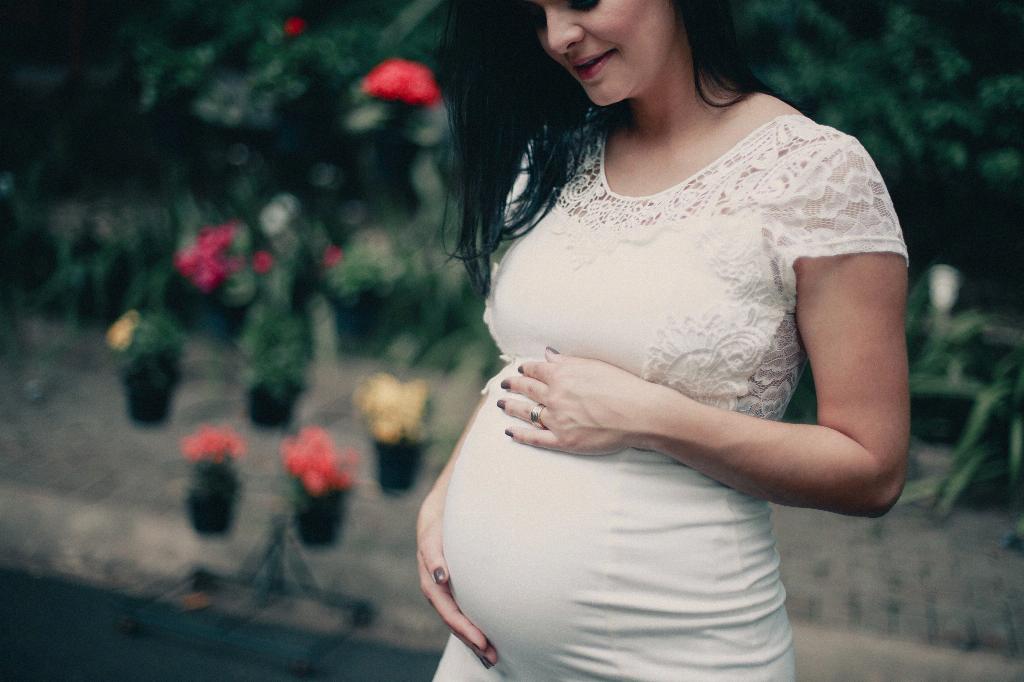After undergoing a cesarean section, many new mothers are keenly interested in understanding the timeline of uterine shrinking. It is essential to be aware that the uterus, which expands significantly during pregnancy to accommodate the growing fetus, requires time to contract back to its pre-pregnancy size.
The Initial Phases of Uterine Shrinking
Following a C-section birth, the immediate focus is on the body’s healing process. In the initial hours and days post-surgery, the uterus begins to contract as part of the natural physiological response. These contractions help to expel any remaining placental tissue while initiating the process of uterine involution.
Timeline for Uterine Contraction
Over the first few weeks post C-section, the uterus steadily contracts in size. After childbirth, the uterus may weigh around 2.2 pounds, significantly larger than its pre-pregnancy weight of about 2.5 ounces. By the sixth week, the uterus is expected to have returned to its pre-pregnancy weight and size.
Factors Affecting Uterine Shrinking
Several factors can influence the pace at which the uterus shrinks post C-section. These factors include overall postpartum recovery, the mother’s physical health, the presence of any complications during childbirth, and the efficiency of breastfeeding, which stimulates uterine contractions.
The Role of Breastfeeding in Uterine Involution
One key aspect often emphasized to new mothers is the benefits of breastfeeding in aiding uterine involution. The hormone oxytocin, released during breastfeeding, triggers uterine contractions, helping the uterus shrink more rapidly.
Postpartum Care and Monitoring
Following a C-section delivery, it is crucial for mothers to follow recommended postpartum care practices, including adequate rest, proper nutrition, and staying hydrated. Regular postpartum check-ups with healthcare providers allow for monitoring of the uterus’ progress in shrinking.
Embracing the Recovery Journey
Every woman’s postpartum recovery journey is unique, influenced by various factors such as individual health, pregnancy complications, and overall well-being. It is essential for new mothers to be patient with their bodies and allow ample time for the uterus to shrink gradually.
Potential Warning Signs and Seeking Medical Assistance
While uterine shrinking is a natural process, it is important to be vigilant for any warning signs that may indicate complications. Excessive bleeding, severe abdominal pain, or unusual discharge should prompt immediate medical attention to ensure optimal postpartum recovery.
Support and Resources for New Mothers
During the postpartum period, it is crucial for new mothers to access support and resources to aid in their recovery. Whether through community programs, online forums, or professional guidance, having a strong support network is invaluable in navigating the post-C-section recovery phase.
Celebrating Postpartum Milestones
Each milestone achieved in the postpartum recovery journey, including the gradual shrinking of the uterus, is a cause for celebration. Acknowledging and honoring the body’s resilience in returning to its pre-pregnancy state is an important aspect of embracing the transformative experience of childbirth.
Conclusion: Patience and Self-care in Uterine Shrinking Process
In conclusion, the process of uterine shrinking after a C-section is a remarkable feat of the female body. By embracing patience, practicing self-care, and seeking necessary support, new mothers can navigate the postpartum journey with confidence and resilience, allowing the uterus to gradually return to its pre-pregnancy state.

